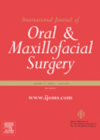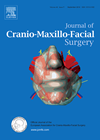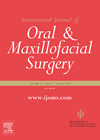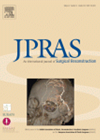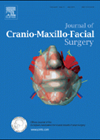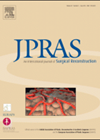
Journal Reviews
Surgical management of refractory osteoradionecrosis
This is a French single-centre, 10-year experience of 55 surgical resection and reconstruction procedures. They claim an overall effectiveness rate of 92.3%. Thity-six segmental and 19 marginal mandibulectomies were performed. A variety of free flaps were used with soft tissue...
Pedicle calcification an uncommon problem
Bony free flap reconstruction of the facial skeleton following ablative surgery is common. Replacement with like for like tissues to reduce morbidity and facilitate rehabilitation is accepted gold standard. Current microvascular flap transfers have success rates in excess of 90%...
Postoperative delirium
This is a retrospective study from Japan analysing 102 patients who underwent oral cancer resection and free flap reconstruction. Postoperative delirium occurred in a third of these patients. An increased risk was identified in those with high preoperative albumin, postoperative...
One anastomosis or two
This is a cumulative meta-analysis from Hong Kong reviewing 27 articles and a total of 7389 flaps. The authors, at the outset, acknowledge that the number of anastomoses is not the only factor of venous compromise and flap failure. Nonetheless...
Multiple free flaps for head and neck cancer
Most patients with advanced head and neck cancers now undergo microvascular free flap reconstruction. This is mainly as flaps facilitate complete tumour and margin removal by providing reliable wound coverage and better restoration of form and function. However, despite this,...
Free flap reconstruction in stage 3 bisphosphonate related osteonecrosis
There is no widely accepted gold standard for the treatments of bisphosphonate-related osteonecrosis (BRONJ). Whereas the lesser stages of this BRONJ seem to respond well to conservative and minimal invasive therapies there is controversy regarding the treatment of the later...
Anteromedial thigh perforator free flaps
Forty-one consecutive anterior anteromedial thigh (AMT) free flaps are reported, with a success rate of 95%. This flap is being used as an alternative to the preferred anterolateral thigh flap (ALT), which is described as the ‘real workhorse’, when this...

